Table of Contents
The UNESCO Sites in Japan have resulted from the recognition of 25 cultural and natural landmarks as UNESCO World Heritage Sites in Japan and 5 locations on the Japan UNESCO tentative list. These touristic sites in Japan are acknowledged for their unique and valuable cultural, natural, artistic, and historic significance, and are preserved for future generations to enjoy.
In addition to these 25 sites in the Japan UNESCO list, there are many other places to travel to Japan that are being considered for UNESCO recognition. These sites, listed on the tentative list, showcase the rich cultural heritage of the country and are waiting for approval to join the prestigious and famous World Heritage Sites list.
To help visitors discover these remarkable Japan tourist attractions, we have put together an interactive map of the UNESCO sites in Japan.
Japan UNESCO Map
Click markers to show information and photo.
World Heritage Sites in Japan
UNESCO World Heritage Sites in Japan
There are 25 UNESCO World Heritage Sites in Japan. All of these three sites are listed under the Cultural category.
- Buddhist Monuments in the Horyu-ji Area
- Fujisan, sacred place and source of artistic inspiration
- Gusuku Sites and Related Properties of the Kingdom of Ryukyu
- Hidden Christian Sites in the Nagasaki Region
- Himeji-jo
- Hiraizumi – Temples, Gardens and Archaeological Sites Representing the Buddhist Pure Land
- Hiroshima Peace Memorial (Genbaku Dome)
- Historic Monuments of Ancient Kyoto (Kyoto, Uji and Otsu Cities)
- Historic Monuments of Ancient Nara
- Historic Villages of Shirakawa-go and Gokayama
- Itsukushima Shinto Shrine
- Iwami Ginzan Silver Mine and its Cultural Landscape
- Jomon Prehistoric Sites in Northern Japan
- Mozu-Furuichi Kofun Group: Mounded Tombs of Ancient Japan
- Sacred Island of Okinoshima and Associated Sites in the Munakata Region
- Sacred Sites and Pilgrimage Routes in the Kii Mountain Range
- Shrines and Temples of Nikko
- Sites of Japan’s Meiji Industrial Revolution: Iron and Steel, Shipbuilding and Coal Mining
- The Architectural Work of Le Corbusier, an Outstanding Contribution to the Modern Movement
- Tomioka Silk Mill and Related Sites
- Amami-Oshima Island, Tokunoshima Island, Northern part of Okinawa Island, and Iriomote Island
- Ogasawara Islands
- Shirakami-Sanchi
- Shiretoko
- Yakushima
UNESCO World Heritage Sites in Japan are protected locations for their cultural and natural importance.
Buddhist Monuments in the Horyu-ji Area

The Buddhist Monuments in the Horyu-ji Area is a UNESCO World Heritage site located in the city of Ikaruga, Japan. It is home to some of the oldest surviving wooden structures in the world, including the Horyu-ji temple complex, which dates back to the 7th century. The complex consists of several buildings, including the Pagoda, the Main Hall, and the Lecture Hall, which house many important Buddhist artifacts and relics. The site also features numerous sculptures and other artwork that showcase the development of Buddhist art in Japan. The Buddhist Monuments in the Horyu-ji Area is a must-visit destination for anyone interested in Japanese culture and history, and is an important symbol of the country’s rich heritage.
Fujisan, sacred place and source of artistic inspiration
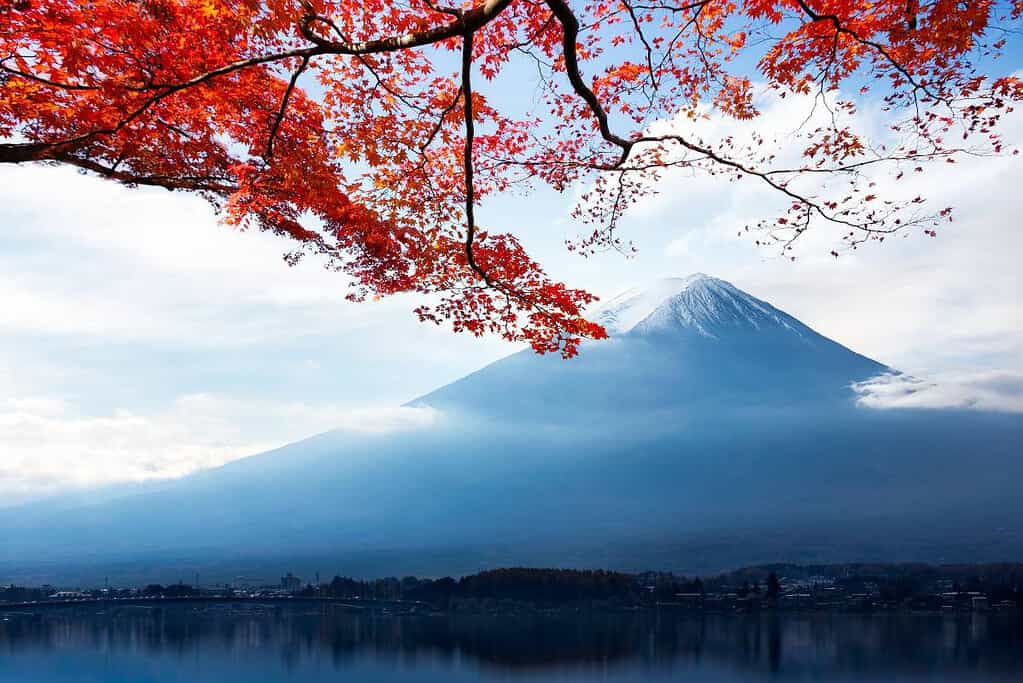
Is a UNESCO World Heritage Site located in Japan. The site is centered around Mount Fuji, an iconic volcano that has been a symbol of Japan for centuries. Mount Fuji is not only a revered spiritual site for the Japanese people but also a source of artistic inspiration for many artists throughout history. The site includes a pilgrimage route that has been traveled for centuries by Japanese pilgrims seeking spiritual enlightenment, as well as several cultural sites related to the mountain, such as shrines, temples, and museums. The site is a must-visit destination for anyone interested in Japanese culture, spirituality, and art.
Gusuku Sites and Related Properties of the Kingdom of Ryukyu
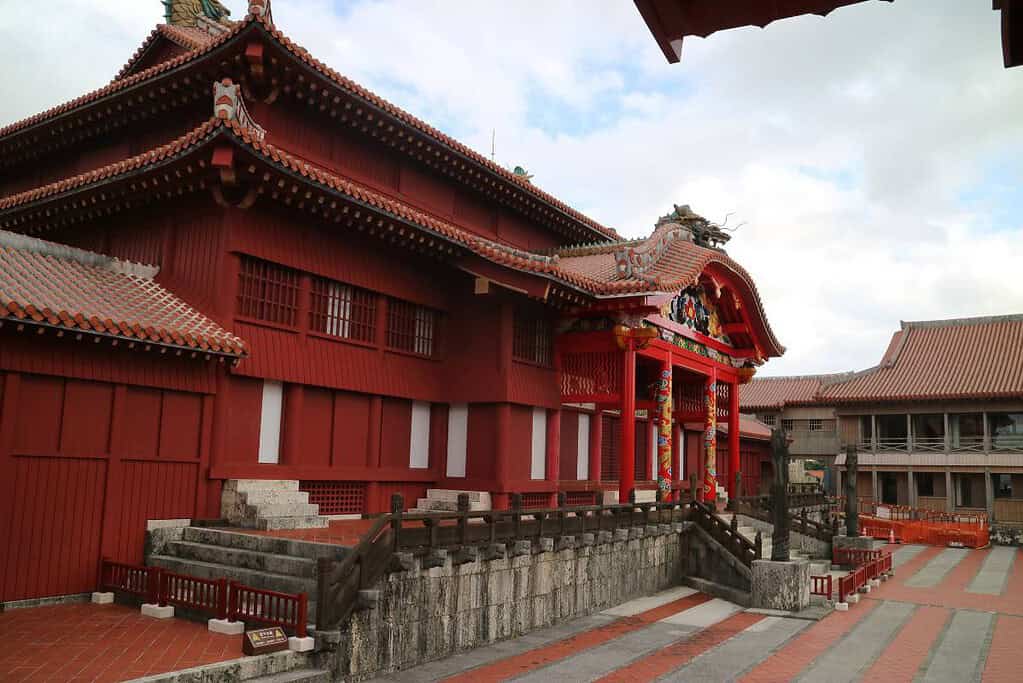
Is a UNESCO World Heritage Site located in Okinawa, Japan. The site consists of nine castles and associated sites that were built during the Ryukyu Kingdom era, which lasted from the 15th to the 19th century. These sites include the Shuri Castle, which was the royal residence of the Ryukyu Kingdom and is known for its unique blend of Japanese and Chinese architectural styles. The site also includes a number of other fortresses, temples, and tombs that showcase the culture, art, and history of the Ryukyu Kingdom. The Gusuku Sites and Related Properties of the Kingdom of Ryukyu is a significant cultural landmark and a must-visit destination for anyone interested in Japanese history and architecture.
Hidden Christian Sites in the Nagasaki Region

Is a UNESCO World Heritage Site located in Nagasaki, Japan. The site consists of ten villages, Hara Castle, and several religious sites that were built during the 17th to 19th centuries when Christianity was outlawed in Japan. The villagers and believers had to hide their faith, so they built hidden Christian sites that merged Japanese and Christian elements. The hidden Christian sites include churches, cemeteries, and confessionals that were built in secret in rural areas, and they represent a unique and remarkable fusion of Japanese and Western architecture and culture. The Hidden Christian Sites in the Nagasaki Region is a must-visit destination for anyone interested in the history of Christianity in Japan and the country’s cultural heritage.
Himeji-jo
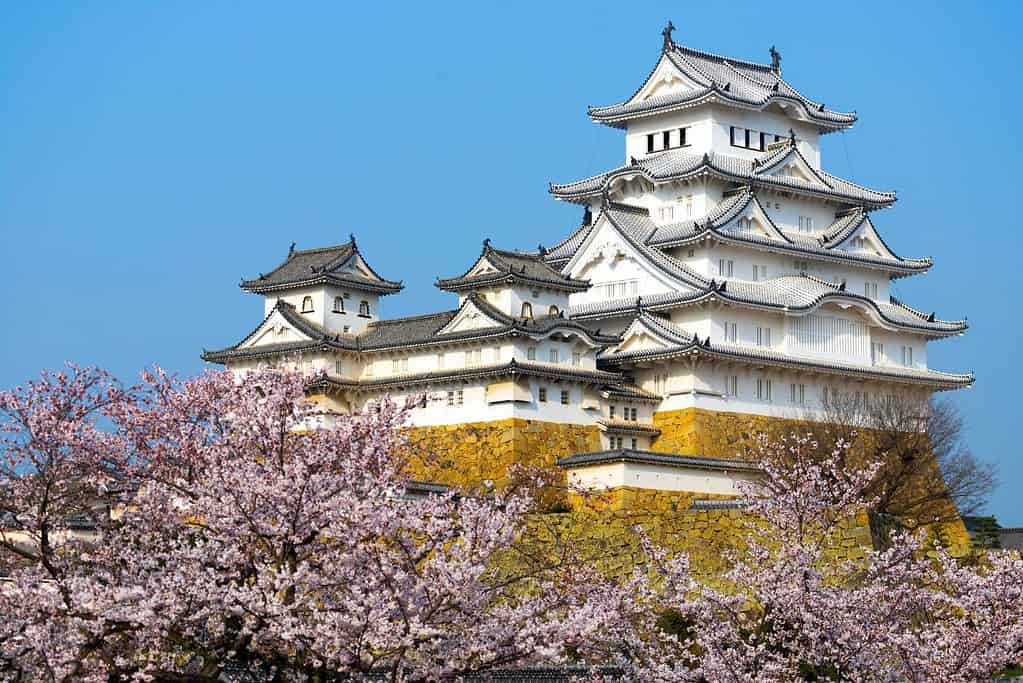
Himeji-jo is a UNESCO World Heritage Site located in the city of Himeji, Japan. It is a well-preserved feudal castle and is considered one of the best examples of traditional Japanese castle architecture. The castle was built in the 17th century and features a network of defensive walls, gates, and towers that showcase the defensive strategies of feudal Japan. Himeji-jo is also known for its beautiful gardens, which were designed to reflect the traditional Japanese aesthetic of simplicity and elegance. Visitors to Himeji-jo can experience a glimpse into Japan’s feudal history and appreciate the country’s architectural and cultural heritage.
Hiraizumi – Temples, Gardens and Archaeological Sites Representing the Buddhist Pure Land
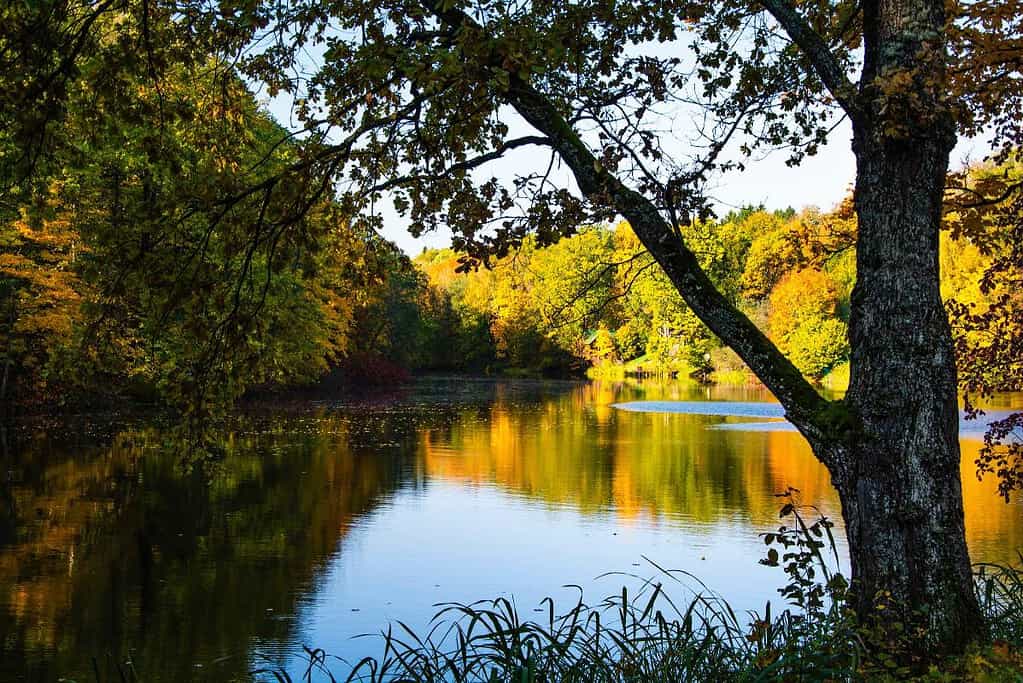
This UNESCO World Heritage site is located in the city of Hiraizumi, in the Iwate Prefecture of Japan. It represents the Buddhist Pure Land and is home to several important temples, gardens, and archaeological sites. These sites were built during the 11th and 12th centuries by the powerful Fujiwara clan, who sought to create a utopia on earth based on the Buddhist Pure Land. The main attractions include the Chuson-ji Temple, the Motsu-ji Temple, and the Takkoku no Iwaya Bishamondo temple. Visitors can also explore the beautiful gardens, such as the Kanjizaio-in Garden, and the numerous archaeological sites, including the remains of the Konjikido Golden Hall. The Hiraizumi – Temples, Gardens and Archaeological Sites Representing the Buddhist Pure Land is a must-visit destination for anyone interested in Japanese history and culture.
Hiroshima Peace Memorial (Genbaku Dome)
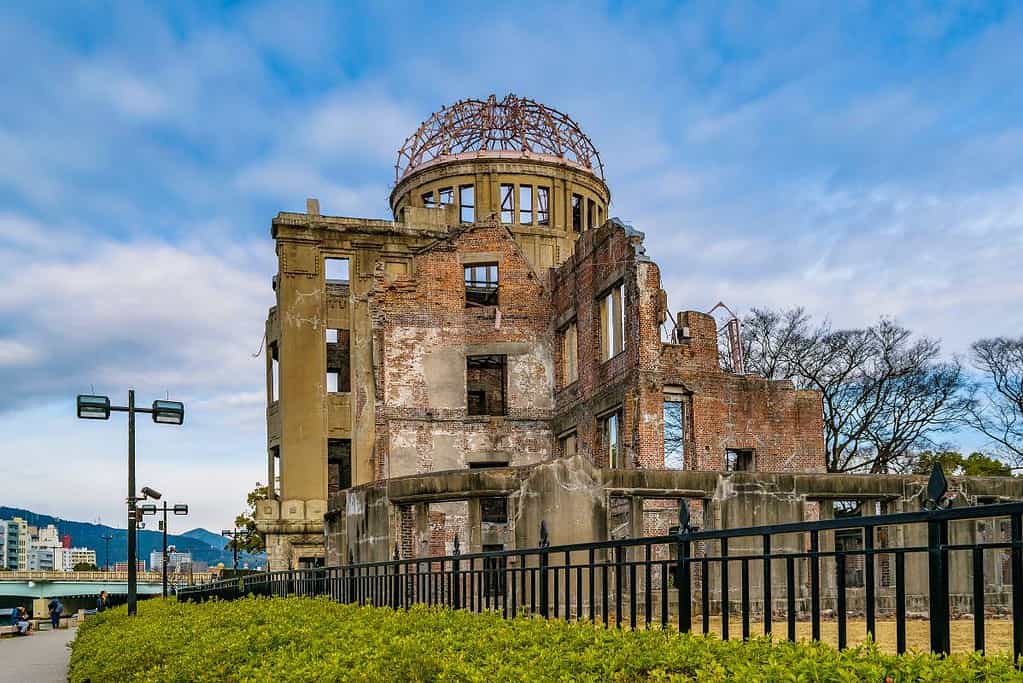
Is a UNESCO World Heritage site located in Hiroshima, Japan. It was one of the few buildings left standing after the atomic bomb was dropped on the city on August 6, 1945, and serves as a powerful reminder of the devastating effects of nuclear warfare. The dome has been preserved in its ruined state as a symbol of peace and a call for the abolition of nuclear weapons. The surrounding park, which includes the Children’s Peace Monument and the Flame of Peace, serves as a place of reflection and remembrance for the victims of the bombing. The Hiroshima Peace Memorial is a must-visit destination for anyone interested in history, peace, and the preservation of cultural heritage.
Historic Monuments of Ancient Kyoto (Kyoto, Uji and Otsu Cities)

Is a UNESCO World Heritage site located in Japan. This site consists of 17 cultural properties, including temples, shrines, and castles, that were built between the 8th and 17th centuries in and around the city of Kyoto. These cultural properties showcase the rich history and culture of Japan, including its religion, art, architecture, and philosophy. Visitors to the site can explore the magnificent structures and gardens, which have been carefully preserved and restored over the centuries. The “Historic Monuments of Ancient Kyoto (Kyoto, Uji and Otsu Cities)” is a must-visit destination for anyone interested in Japanese history and culture.
Historic Monuments of Ancient Nara
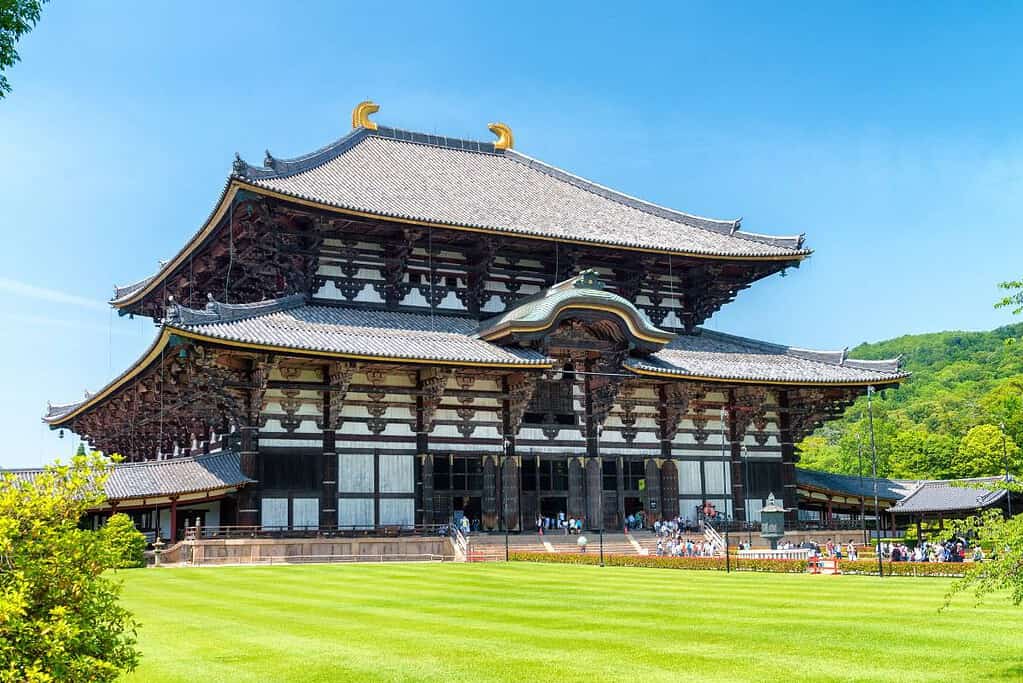
Is a UNESCO World Heritage Site located in the city of Nara, Japan. It comprises eight temples, shrines, and other structures that date back to the 8th century CE. The site includes some of the oldest and best-preserved wooden buildings in the world, such as the Todai-ji Temple and the Kasuga-taisha Shrine. The buildings showcase the unique and sophisticated architectural and artistic styles of the Nara period and offer a glimpse into the rich cultural and religious history of Japan. The “Historic Monuments of Ancient Nara” is a must-visit destination for anyone interested in Japanese history and culture.
Historic Villages of Shirakawa-go and Gokayama

Is a UNESCO World Heritage Site located in the mountains of central Japan. These traditional villages are known for their unique and well-preserved gassho-zukuri farmhouses, which are built with steep thatched roofs that resemble hands clasped in prayer. These architectural structures were developed to withstand heavy snowfall and to provide a warm and cozy living space. Visitors can explore the villages and witness traditional farming and weaving practices that have been passed down through generations. The Historic Villages of Shirakawa-go and Gokayama is a must-visit destination for anyone interested in Japanese culture and architecture.
Itsukushima Shinto Shrine

Is a UNESCO World Heritage site located on the island of Miyajima in western Japan. The shrine is one of the most popular and iconic tourist destinations in Japan, known for its famous torii gate that appears to float on the water during high tide. The shrine’s buildings are built over the water and have been carefully preserved over the centuries, dating back to the 12th century. The site is considered a masterpiece of Japanese architecture and design, featuring intricate wooden structures, beautiful gardens, and stunning views of the surrounding mountains and sea. Itsukushima Shinto Shrine is a must-visit destination for anyone interested in Japanese history, culture, and architecture.
Iwami Ginzan Silver Mine and its Cultural Landscape
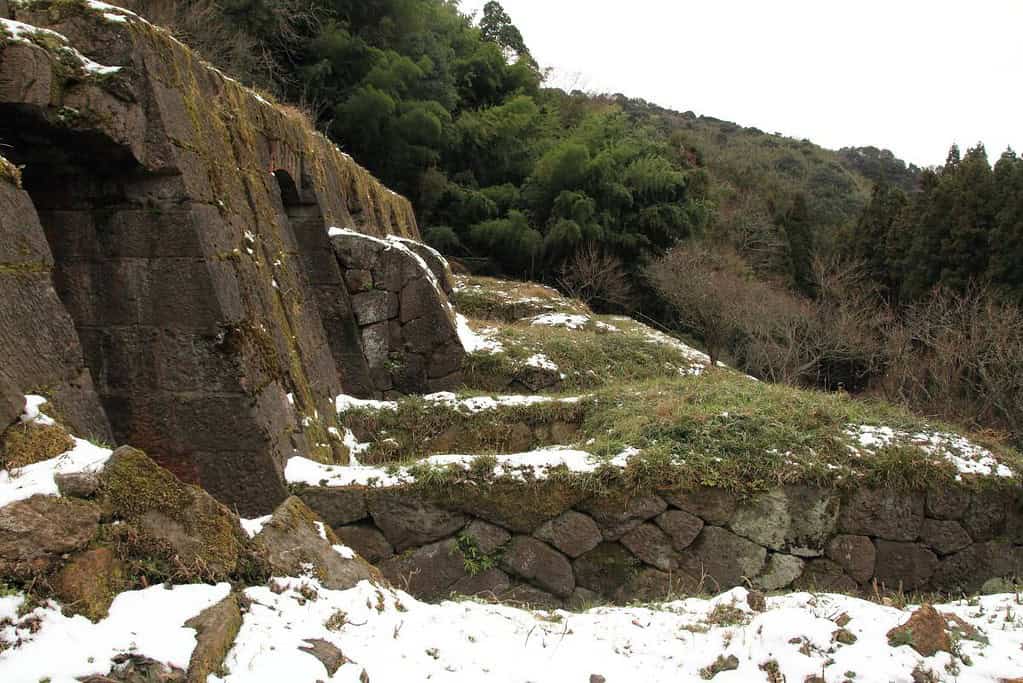
Is a UNESCO World Heritage Site located in the city of Oda, Japan. The mine was a major source of silver for over 400 years, from the 16th to the 20th century. The cultural landscape includes the remains of the mining town, which is situated at the foot of the mountain where the mine was located, and the transportation routes that were used to transport the silver. The town has well-preserved buildings, including merchant houses, temples, and theaters, which provide insight into the daily life of the people who lived and worked in the town during the mining era. The Iwami Ginzan Silver Mine and its Cultural Landscape is a unique and fascinating destination for anyone interested in the history of mining and the development of early modern Japan.
Jomon Prehistoric Sites in Northern Japan
Is a UNESCO World Heritage Site that comprises a group of archaeological sites located in Aomori, Iwate, and Akita Prefectures in Japan. These sites represent the culture and way of life of the Jomon period, which lasted from approximately 14,000 BCE to 300 BCE. The sites include settlements, burial grounds, and other structures that showcase the Jomon people’s unique architecture, art, and way of life. They also provide important insights into the prehistoric period and the development of human civilization in Japan. Jomon Prehistoric Sites in Northern Japan is a must-visit destination for anyone interested in ancient history and archaeology.
Mozu-Furuichi Kofun Group: Mounded Tombs of Ancient Japan
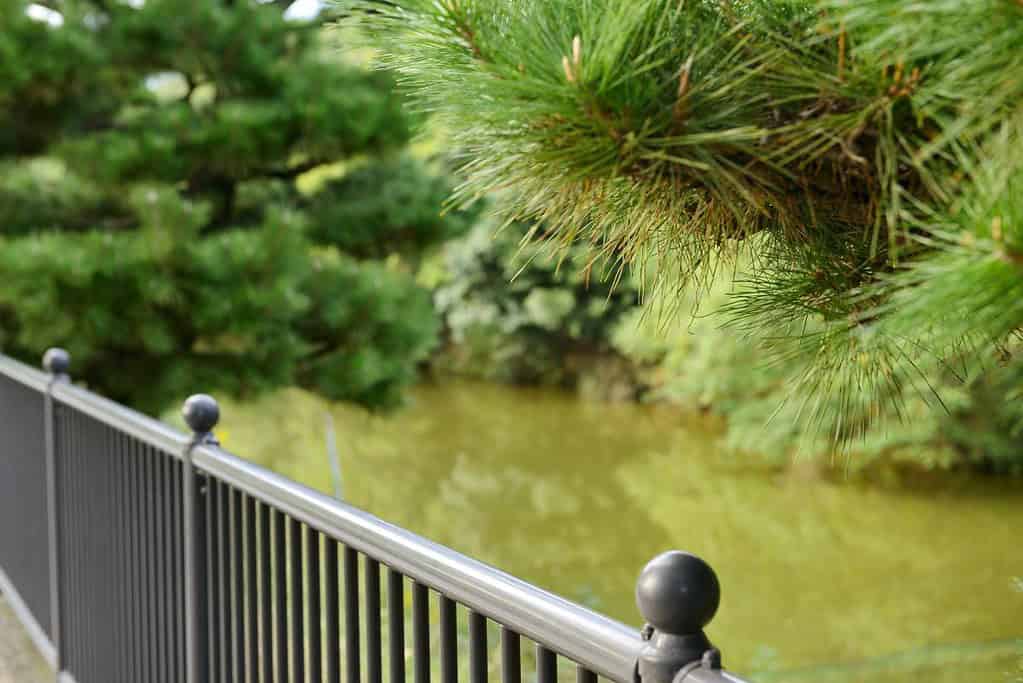
This UNESCO World Heritage site is located in the Osaka Prefecture of Japan and features a group of ancient tombs dating back to the Kofun period (250-538 AD). The site contains over 160 tombs, including the largest keyhole-shaped tomb in Japan, which is believed to be the final resting place of the Emperor Nintoku. The tombs are characterized by their unique and imposing shapes, which were designed to reflect the power and status of their occupants. The Mozu-Furuichi Kofun Group is an important cultural site that offers a glimpse into the ancient history and traditions of Japan.
Sacred Island of Okinoshima and Associated Sites in the Munakata Region

is a UNESCO World Heritage Site located in the Sea of Japan. The island of Okinoshima, which is considered sacred by the local community, is a well-preserved example of the religious beliefs and practices of the people of the region during the pre-modern period. The site includes several other locations in the Munakata region that are associated with the island, including a shrine, a temple, and a cemetery. The island and its associated sites are of great cultural significance and offer a unique glimpse into the spiritual practices of the people of Japan during the early medieval period.
Sacred Sites and Pilgrimage Routes in the Kii Mountain Range
The Sacred Sites and Pilgrimage Routes in the Kii Mountain Range is a UNESCO World Heritage site located in the Kii Peninsula of Japan. The site is composed of three sacred sites: Kumano Sanzan, Yoshino-Omine, and Koyasan, and the pilgrimage routes that connect them. The site has been an important pilgrimage destination for centuries and is considered one of the most sacred places in Japan. The Kumano Sanzan are three Grand Shrines that are situated in the mountainous region of the Kii Peninsula. The Yoshino-Omine site is a mountain range that is considered to be the spiritual heart of Japan, and Koyasan is a mountainous area that is home to many Buddhist temples and monasteries.
Shrines and Temples of Nikko
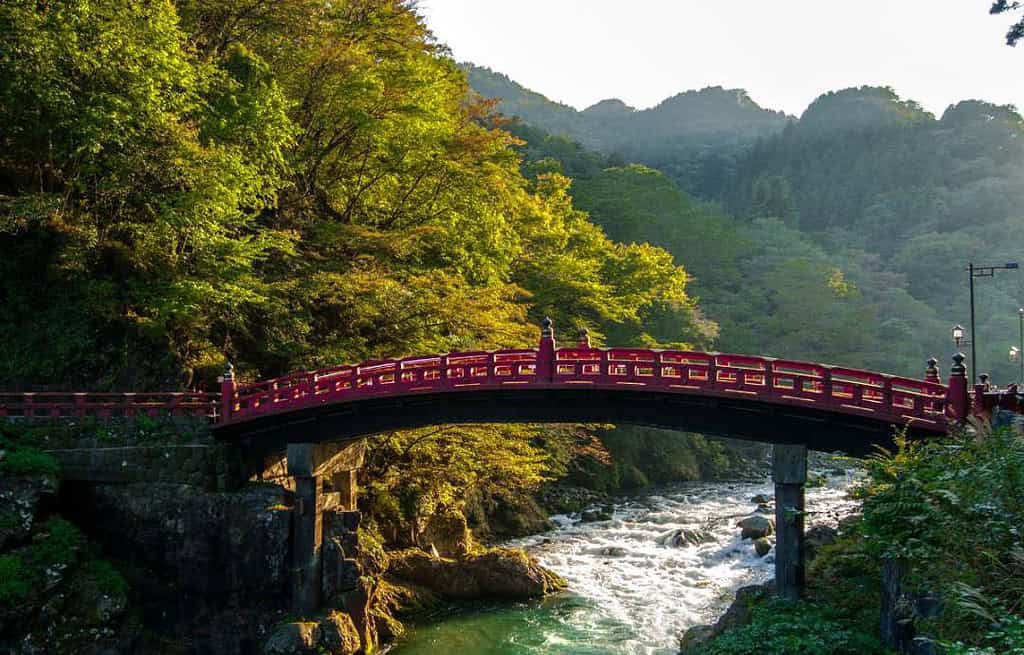
Is a UNESCO World Heritage Site located in the city of Nikko, Japan. The site consists of a group of religious buildings and structures that date back to the 17th century. The site is considered one of Japan’s most important cultural and religious centers, and it is home to several Shinto shrines and Buddhist temples, including the Toshogu Shrine, which is the final resting place of Tokugawa Ieyasu, the founder of the Tokugawa shogunate. The site is renowned for its intricate carvings, vivid colors, and ornate architecture, which represent the blending of Shinto and Buddhist traditions. The Shrines and Temples of Nikko is a must-visit destination for anyone interested in Japanese history, culture, and religion.
Sites of Japan’s Meiji Industrial Revolution: Iron and Steel, Shipbuilding and Coal Mining
Is a UNESCO World Heritage Site located in Japan. It consists of 23 individual sites that played a significant role in the country’s rapid modernization during the Meiji period (1868-1912). These sites include iron and steel mills, shipyards, and coal mines, and they showcase the technological advancements that took place during this period. The site offers a fascinating look into Japan’s industrial past and the innovations that paved the way for the country’s economic success.
The Architectural Work of Le Corbusier, an Outstanding Contribution to the Modern Movement
Is a transnational UNESCO World Heritage site that includes 17 buildings located across seven countries, including Argentina. The Argentinian building included in this site is the Curutchet House, located in the city of La Plata. Designed by the Swiss-French architect Le Corbusier in 1949, the Curutchet House is a unique example of modernist architecture. It features a striking curved facade and an interior that is carefully designed to maximize space and functionality. The building is a testament to Le Corbusier’s innovative approach to architecture and his contribution to the development of the modern movement.
Tomioka Silk Mill and Related Sites

This UNESCO World Heritage site is located in the Gunma Prefecture of Japan and features a group of historic industrial sites that played a significant role in Japan’s modernization during the Meiji era (1868-1912). The Tomioka Silk Mill was established in 1872 and became the largest silk mill in Japan, producing high-quality silk that was in demand around the world. The site also includes other related facilities such as worker housing, schools, a welfare center, and a power plant. These buildings are excellent examples of Japan’s early industrial architecture and are well-preserved, providing insight into the history of Japan’s industrialization process. The Tomioka Silk Mill and Related Sites are a must-visit destination for anyone interested in Japan’s modern history and industrial heritage.
Amami-Oshima Island, Tokunoshima Island, Northern part of Okinawa Island, and Iriomote Island

Located in southern Japan, this site is made up of a group of islands and associated sites that showcase the unique natural and cultural heritage of the Ryukyu Kingdom. The islands are home to a rich diversity of flora and fauna, including endangered species such as the Okinawa Rail and the Iriomote Wildcat. They are also home to important cultural sites, including traditional Ryukyuan houses and sacred sites such as Shuri Castle. The Ryukyu Islands and Related Sites are a must-visit destination for anyone interested in the natural beauty and cultural history of Japan.
Ogasawara Islands
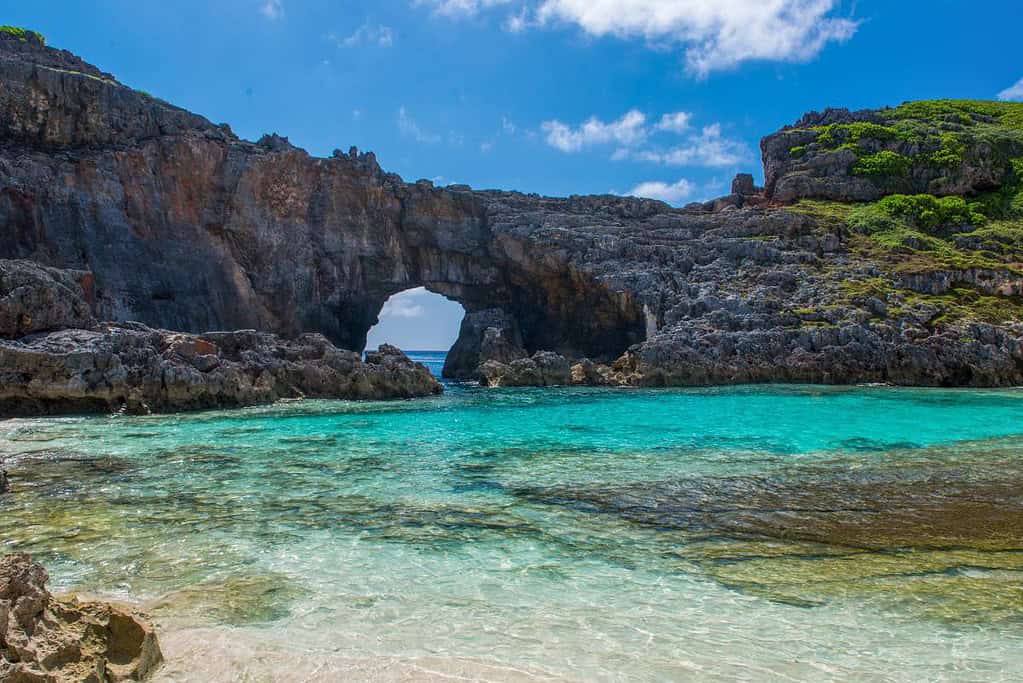
Is a UNESCO World Heritage Site located about 1,000 kilometers south of Tokyo, Japan. The islands are a remote archipelago that includes over 30 small islands, home to unique flora and fauna, some of which are found nowhere else in the world. The Ogasawara Islands were inscribed on the World Heritage List in 2011 for their outstanding universal value as a rare and pristine example of an isolated, subtropical island ecosystem. The islands also have a rich human history, with evidence of settlement dating back over 2,000 years, and have been shaped by Japanese, American, and European influences. The Ogasawara Islands are a must-visit destination for anyone interested in nature and history.
Shirakami-Sanchi
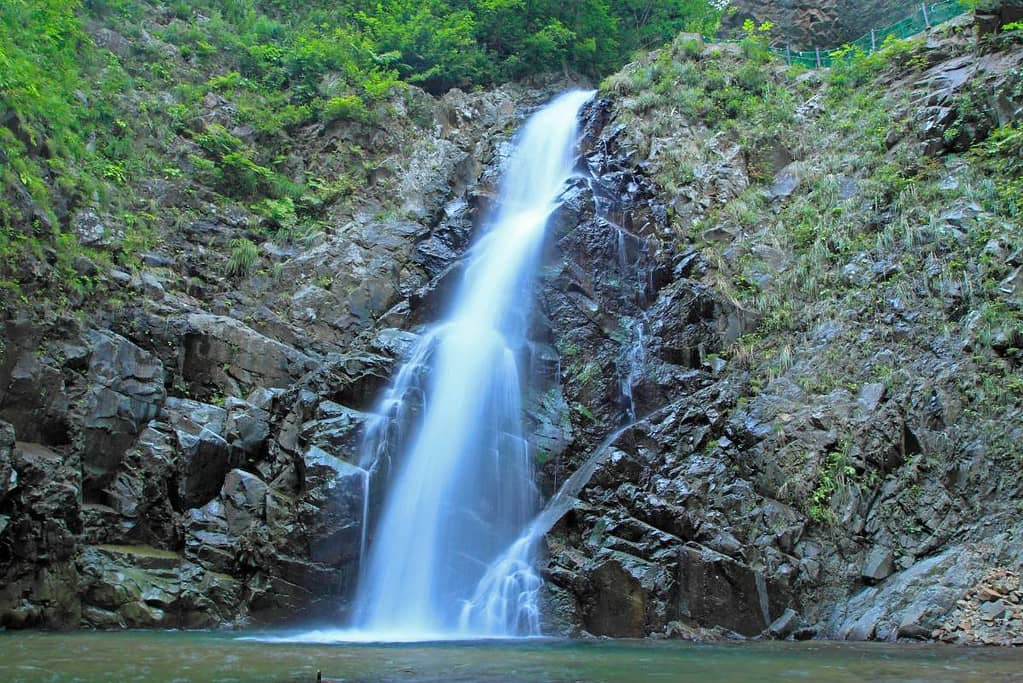
Shirakami-Sanchi is a UNESCO World Heritage site located in northern Honshu, Japan’s main island. It is an extensive mountain range covered with pristine, ancient forests that are home to a wide variety of wildlife, including the critically endangered Japanese black bear. The site is also home to the Anmon Falls, which are a series of stunning waterfalls that cascade down the mountainside. The forests of Shirakami-Sanchi have been preserved in their natural state for centuries and represent an important example of the region’s natural biodiversity. Visitors can explore the forests on hiking trails and experience the peace and beauty of this untouched wilderness.
Shiretoko

The Shiretoko Peninsula, located in the northeastern region of Japan, is a UNESCO World Heritage site renowned for its exceptional natural beauty and ecological significance. The area boasts rugged coastlines, steep cliffs, pristine forests, and a diverse array of wildlife, including brown bears, eagles, and sea lions. The peninsula is also home to numerous hot springs, waterfalls, and lakes, making it a popular destination for outdoor enthusiasts. The Shiretoko Peninsula is a testament to the harmonious coexistence between humans and nature and offers visitors a unique opportunity to experience the natural wonders of Japan.
Yakushima

Yakushima is a UNESCO World Heritage site located in Japan, specifically on the island of Yakushima in Kagoshima Prefecture. The island is known for its ancient cedar forests, which are estimated to be over 1,000 years old, and its diverse flora and fauna, including unique species like the Yakushima macaque and the Yakushima sika deer. The island’s forests are also home to stunning waterfalls and natural hot springs, making it a popular destination for hikers and nature lovers. Yakushima is a must-visit destination for anyone interested in the natural beauty and biodiversity of Japan.
Japan UNESCO tentative list
- Temples, Shrines and other structures of Ancient Kamakura
- Hikone-Jo
- Asuka-Fujiwara: Archaeological sites of Japan’s Ancient Capitals and Related Properties
- The Sado complex of heritage mines, primarily gold mines
- Hiraizumi – Temples, Gardens and Archaeological Sites Representing the Buddhist Pure Land
Tours in Japan
Our choices of tours in Japan are divided into thematic features such as Tokyo, Mount Fuji, and the Nara Experience.
